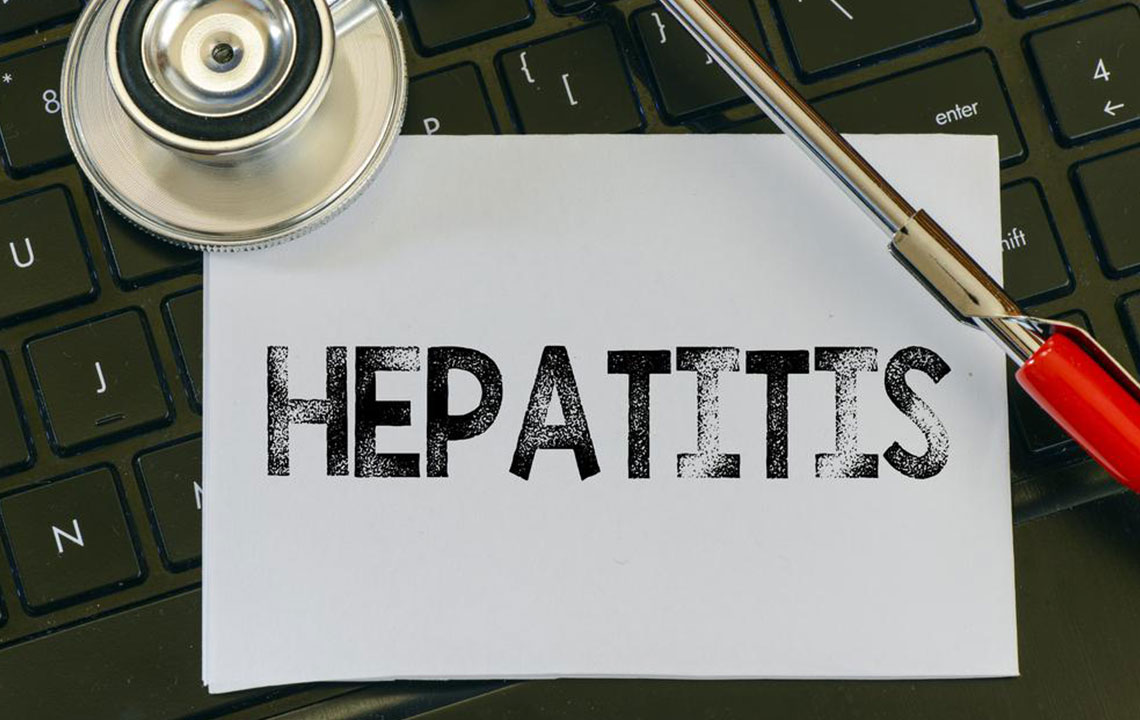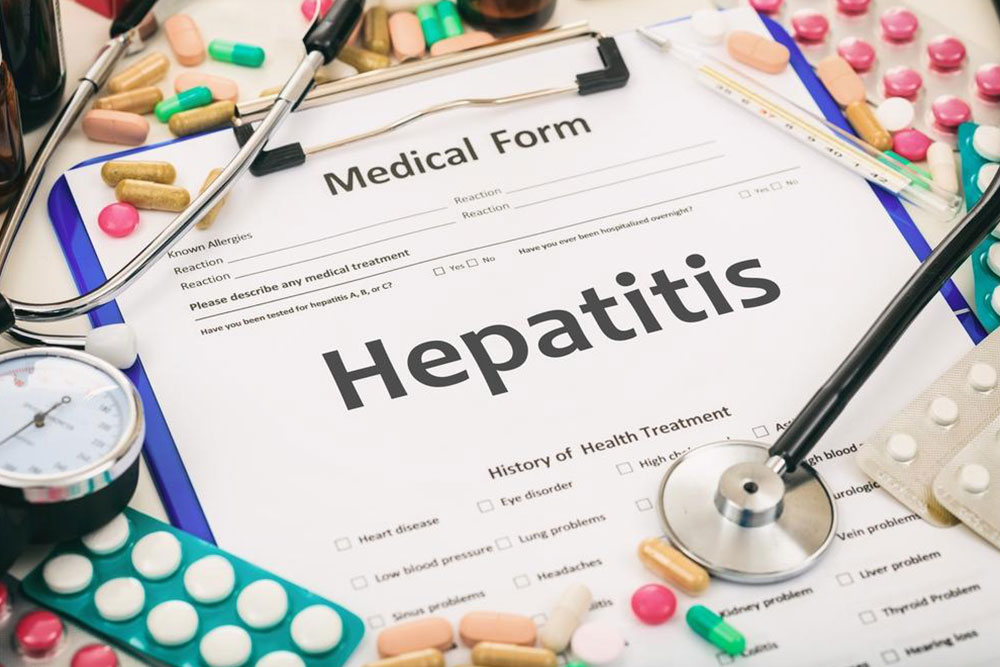Recognizing Key Signs of Liver Disorders
This article highlights critical signs of liver problems, including abdominal swelling, jaundice, urine changes, skin irritation, and nausea. Recognizing these symptoms early can facilitate prompt treatment, improving recovery outcomes. The liver's vital functions make early detection essential to prevent severe health complications. Learn how to identify these warning signs and seek medical attention promptly to maintain liver health and overall well-being.

Recognizing Key Signs of Liver Disorders
Before liver issues become severe, they often present noticeable symptoms. The liver, a crucial organ responsible for various functions such as protein synthesis and digestion support, can signal trouble when its health declines. Conditions like fatty liver, cirrhosis, hepatitis A, B, and C, jaundice, liver cancer, gallstones, and hepatotoxicity are common liver ailments that may affect those unaware of early warning signs. Identifying these symptoms early can lead to prompt treatment and better recovery chances.
The main symptoms to watch for include:
Abdominal swelling – This indicates fluid buildup and bilirubin accumulation, often causing ankle swelling as well. Treatment ranges from diuretics to, in severe cases, fluid drainage via a needle.
Jaundice – Yellowing of skin, eyes, and nails caused by excess bilirubin, signaling potential severity of liver disease.
Urine color change – Darkened urine suggests high bilirubin levels, a warning sign of liver dysfunction.
Skin irritation – Itchy, flaky, and redness-prone skin, with possible visible veins, can result from liver problems.
Nausea – Impaired digestion due to liver issues often causes nausea, acid reflux, and indigestion, worsening as the condition advances.
Note: Our blog provides valuable insights across various topics. While our information is based on research, it should not replace professional medical advice. We are not responsible for data discrepancies or inaccuracies from other sources, nor for unlisted schemes or offers that might benefit readers.










